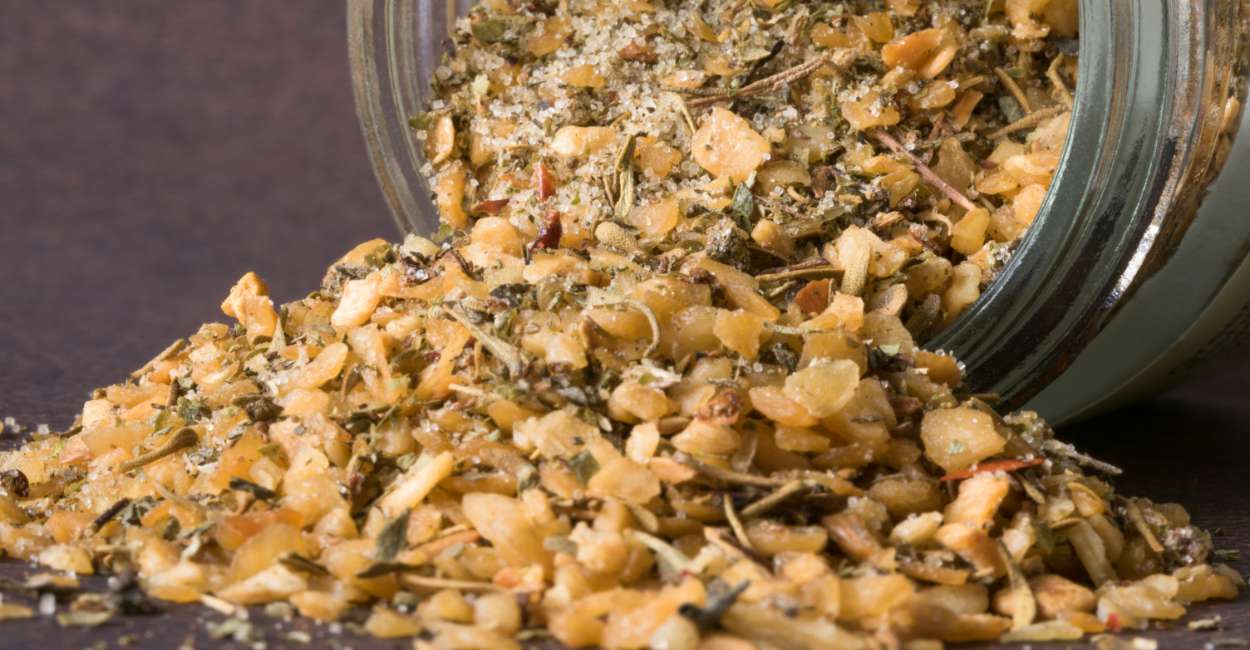
Culinary traditions around the world are a rich tapestry of flavors, ingredients, and techniques. One way to create exciting and innovative dishes is by blending herbs and spices from different cultures.
In this article, we will explore the art of herb and spice blending for cultural fusion, showing how you can combine elements from diverse cuisines to create mouthwatering dishes that bridge culinary traditions.
Understanding the Basics
Herbs vs. Spices:
To start your journey into cultural fusion, it’s important to understand the difference between herbs and spices. Herbs come from the leaves of plants, while spices are typically derived from seeds, roots, bark, or fruits. Both herbs and spices contribute unique flavors and aromas to dishes.
Balancing Flavors:
Successful herb and spice blending relies on achieving a balanced flavor profile. Consider the elements of taste: sweet, sour, salty, bitter, and umami. Experimenting with herbs and spices can help you achieve the perfect balance for your fusion dishes.
Combining Flavors from Different Cultures
Mediterranean Meets Asian:
Explore the fusion of Mediterranean and Asian flavors by blending aromatic herbs like basil, mint, and cilantro with spices such as ginger, garlic, and lemongrass. Create dishes like Mediterranean-inspired sushi rolls or Thai-style pasta with basil and sun-dried tomatoes.
Mexican and Indian Fusion:
Marry the bold spices of Indian cuisine with the vibrant flavors of Mexican cooking. Combine cumin, coriander, and garam masala with chili, paprika, and cilantro for dishes like curry-infused tacos or masala-spiced guacamole.
Middle Eastern and South American Fusion:
Merge the exotic spices of the Middle East with the zesty ingredients of South America. Mix sumac, za’atar, and turmeric with cayenne, lime, and cilantro to create dishes like sumac-spiced ceviche or za’atar roasted chicken.
Experimenting with Herb and Spice Blends
Homemade Spice Blends:
Create your custom spice blends by combining herbs and spices in different proportions. Experiment with ratios until you find the perfect blend that suits your taste.
Infusing Oils and Vinegars:
Infuse olive oils or vinegars with a mix of herbs and spices to add depth to your cooking. These infused oils and vinegars can be used as dressings, marinades, or dipping sauces.
Herbs in Desserts:
Don’t limit your experimentation to savory dishes. Consider incorporating herbs like basil, rosemary, or thyme into desserts like ice creams, sorbets, or fruit tarts for a unique twist.
Tips and Tricks
Start with Small Batches:
When experimenting with new herb and spice blends, start with small batches to avoid wasting ingredients.
Keep Notes:
Keep a journal of your blends, noting the combinations and proportions that worked best for specific dishes.
Balance the Heat:
Be cautious when combining hot spices. Balance the heat with cooling elements like yogurt, coconut milk, or fresh herbs.
Conclusion:
Herb and spice blending for cultural fusion is a culinary adventure that allows you to create dishes that are a harmonious blend of global flavors. By understanding the basics, experimenting with different combinations, and keeping an open mind, you can elevate your cooking to new heights. Embrace the world of cultural fusion and delight your taste buds with unique and exciting flavors from around the globe.
FAQs
Q: Can I blend herbs and spices from any cuisine, or are there some combinations that don’t work well together?
A: While you can experiment with various combinations, it’s essential to consider the flavor profiles and complementary elements of different herbs and spices. Some pairings may create unexpected harmony, while others might clash. Start with small quantities and taste as you go to find the right balance.
Q: Are there specific herbs or spices that are considered “neutral” and work well as a base for cultural fusion blending?
A: Yes, herbs like parsley, cilantro, and chives, along with spices such as cumin, paprika, and turmeric, are often considered versatile and can serve as a neutral base for blending flavors from different cuisines.
Q: Can cultural fusion spice blends be used in traditional recipes from their respective cuisines?
A: Absolutely! Cultural fusion spice blends can add a unique twist to traditional recipes while honoring the original flavors. Experimenting with these blends in traditional dishes can result in exciting and unexpected flavors.
Q: How do I store homemade herb and spice blends to maintain their freshness?
A: Store your homemade blends in airtight containers in a cool, dark place. Avoid exposing them to heat, light, or moisture, as these factors can degrade the quality of the herbs and spices over time.
Q: Are there any health considerations when blending herbs and spices from different cultures?
A: Some individuals may have allergies or sensitivities to specific herbs or spices. It’s essential to be aware of potential allergens and consult with a healthcare professional if you have any concerns.
Q: Can I use fresh herbs along with dried spices in my blends for added flavor?
A: Yes, combining fresh herbs with dried spices can enhance the overall flavor of your blends. Just be mindful of the moisture content of fresh herbs, as it may affect the shelf life of the blend.
Q: How can I incorporate cultural fusion spice blends into everyday cooking?
A: Cultural fusion blends can be used in a wide range of dishes, from soups and stews to marinades, sauces, and even salad dressings. Experiment with them in your favorite recipes to add depth and complexity.
Q: Are there any ethical considerations when blending herbs and spices from different cultures?
A: It’s important to source your herbs and spices ethically and sustainably, considering factors like fair trade and environmental impact. Supporting responsible sourcing practices ensures that you’re contributing positively to global culinary diversity.
Read More – What are the 10 most popular spices?
